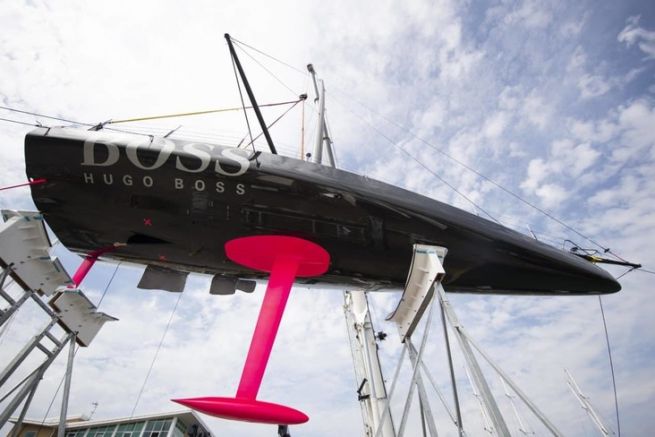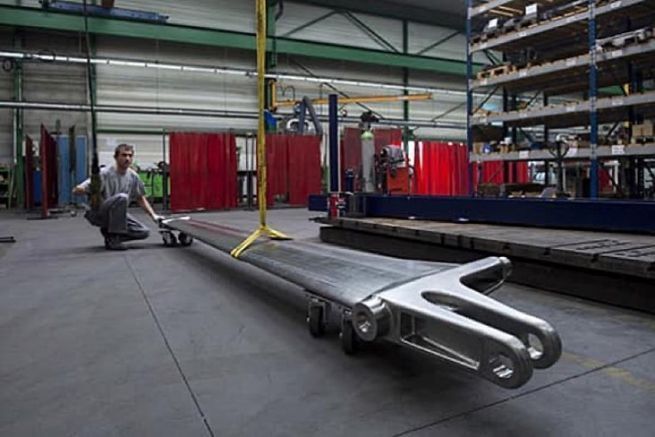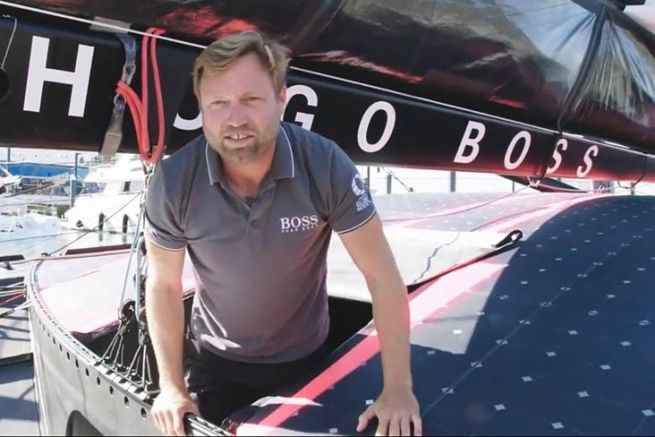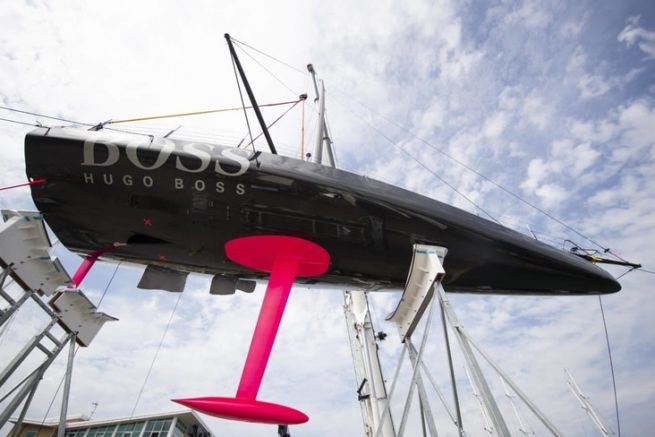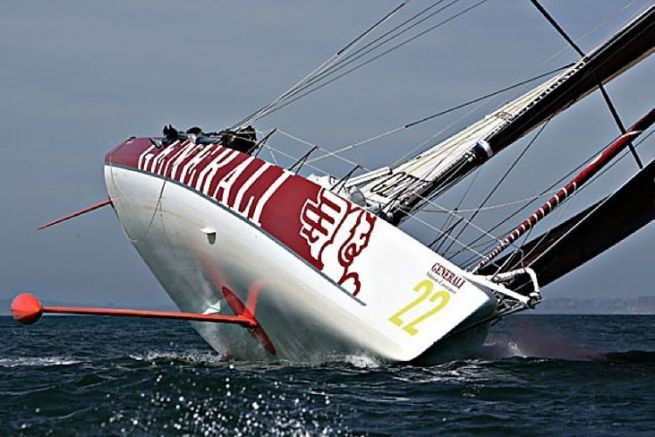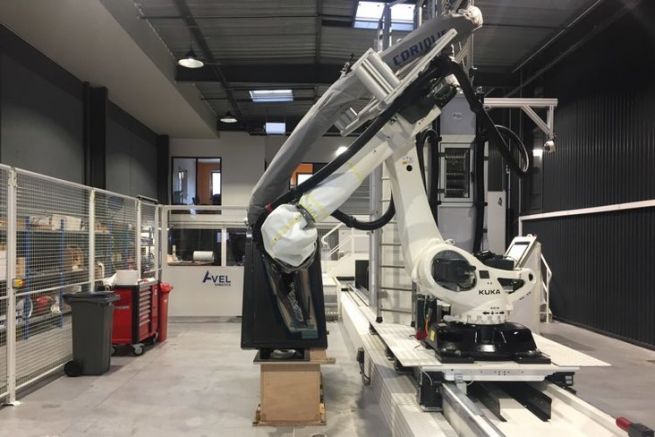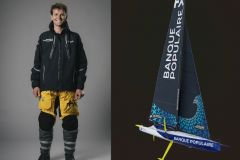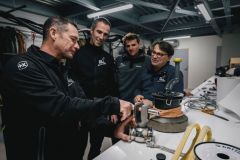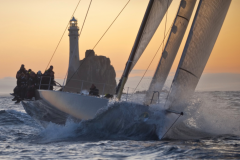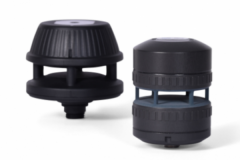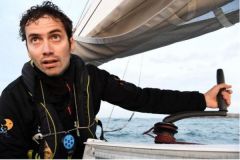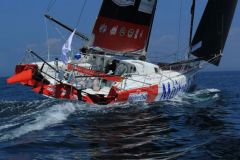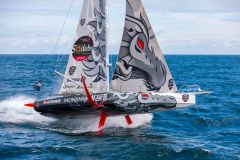The keel bulb of an IMOCA is located at the very bottom of the keel sail, 4.50 m below the surface. Indeed, the gauge imposes a maximum draught of 4.50 metres, which all architects exploit to the full in the design of their yacht. In some classes, the bulb is the object of all fantasies, as was the case a few years ago in the America's Cup, with very elaborate shapes.
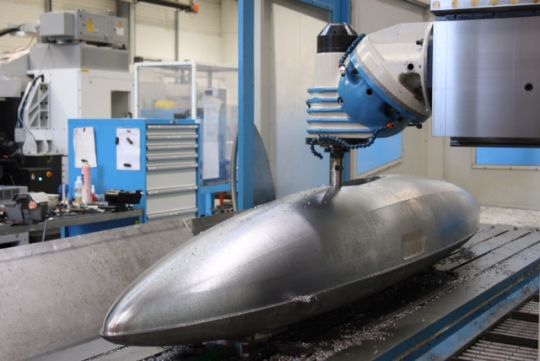
How much does the bulb of an IMOCA weigh?
Currently on IMOCA, their shapes vary mainly according to the desired weight. This ogive, flat on the bottom to put the maximum weight at the lowest point, is rounded on the sides and ends flat on the back, for a search for the best hydrodynamics. Its material is lead, with the prohibition to use another material heavier than this one.
Its weight is really kept secret by the teams. We are talking about a range between 2500 and 3000 kg (maximum value set by the rules). For future IMOCA boats taking part in the Ocean Race with a crew, the bulbs will not be allowed to exceed the weight of 2450 kg.
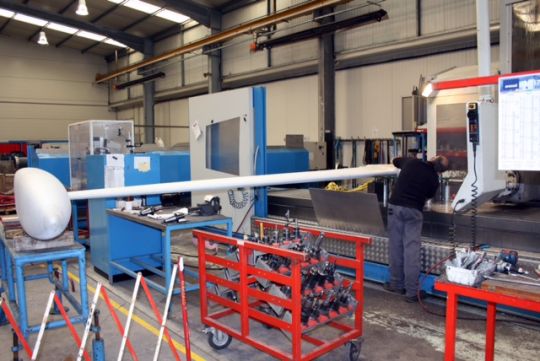
Why a bulb at the end of the keel?
This bulb guarantees the stability of the boat while sailing. The more the wind presses on the sails, the more the keel and its bulb counterbalance this force, which is transformed into power to move forward. In the early IMOCA years, competitors were equipped with fixed keels combined with side ballast tanks to offer the most important restoring torque. Later, there was the creation of the canting keel, to take even better advantage of the weight of the keel (and bulb) by canting it to windward.
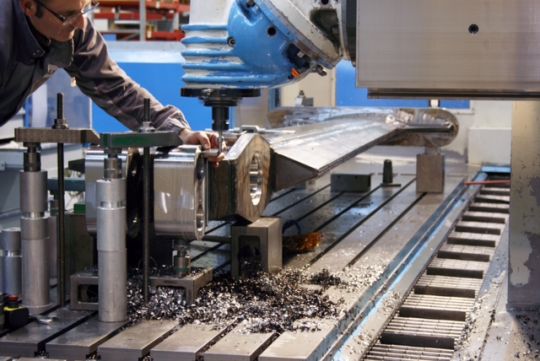
But how is this bulb made?
We asked Rémy Le Roux, head of mechanical services at Guelt, whose specialty is this. "To make a bulb, we melt a block of lead mixed with 2.5 to 3% Antimony to harden the lead. This block is then machined on a large machine to obtain the finished bulb. When the operation is finished, we have 600 kg of chips!"
The company, well known in the sailing world, was created in 1978 by Yves Guelt. In their catalogue, you will find titanium bearings, mast foot ball joints, Polyethylene foils wedges, but also robotized lines for the food industry. The company wants to expand internationally. "We even delivered the load-bearing plans for the AC 75 Ineos, the English challenge for the Cup," says Rémy Guelt.
